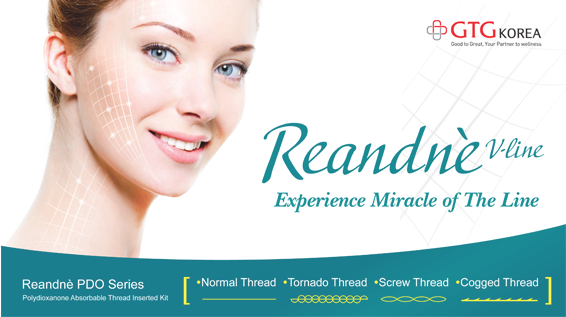Freckles and Lentigines
As we previously mentioned, IPL has become very popular worldwide, and continued to be the main treatment modalities for pigmented lesions in Taiwan during recent years. According to Dr Chia-Chen Wang and her colleagues, they performed a study on the effect of IPL in two sessions for the treatment of freckles and lentigines. The overall improvement rates were about 60% for lentigines, and 80% for Freckles, respectively.
However, when comparing with Q-switched alexandrite laser, their study revealed IPL (Quantum SR, ESC Medical Systems Ltd, Yokneam, Israel) with a 560-nm cutoff filter and a fluence of 26-30 J/cm2 for session one and 28-32 J/cm2 for session two, 3.2-ms and 6.0-ms pulse in double mode, and a 40-ms interpulse delay should be used for lentigines rather than Q-switched alexandrite laser to avoid PIH. IPL should be considered first in the treatment of lentigines and in patients who did not want to have downtime.
We also described another study by Dr. Yau-Li Huang and colleagues before. They investigated on the effect of IPL (Vasculight, ESC/Sharplan, Yokneam, Israel) for the treatment of facial freckles in Asian skin. They used cutoff filters of 550–590 nm, fluences of 25–35 J/cm2, single or double-pulse mode with pulse intervals of 20.0 or 40.0 ms, and a pulse width of 4.0 ms for 1-3 sessions in 4-week intervals. Nearly ninety percent of the subjects showed excellent or good results, with similar percentage of patients’ satisfaction by the end of their study. Mean overall improvement rate was 63% at 12 weeks and 58% at 6 months by comparing the freckles area and severity index (FASI) score. It seems IPL can have similar results when treating freckles or lentigines as long as suitable parameters are chosen.
[Advertisement] Reandnè Thread Series – Manufacturer: GTG KOREA(www.gtgkorea.co.kr)
Melasma
In the past, attempts to treat melasma with lasers that targeted melanin, such as Q-switched ruby laser and Q-switched Nd-YAG laser, yielded disappointing results. Er-YAG laser resurfacing, dermabrasion, or a combined CO2 laser with Q-switched alexandrite laser have been tried to treat refractory melasma. However, PIH and hypertrophic scars may develop, especially in patients with darker skin.
Successful treatment of melasma by IPL has been reported previously in studies with small sample in Hispanic and Asian persons. Patients with epidermal melasma usually had better results than those with mixed-type melasma. We mentioned earlier that in Taiwan, Dr. Chia-Chen Wang et al. performed a study on IPL (Vasculight, ESC/Sharplan, Yokneam, Israel) for the treatment of refractory mixed-type melasma. They used 570-nm cutoff filter in the first session, and 590-615 nm filters during subsequent three sessions at 4-week intervals.
During all sessions, they treated patients with fluences of 26-33 J/cm2, double mode, and pulse width of 3-4 and 4-5 ms, respectively, with an interval of 30-35 ms between pulses. They found an average of nearly forty percent improvement in relative melanin index. About one third of patients had more than 50% improvement. However, partial repigmentation was noted despite the use of hydroquinone cream and broad-spectrum sunscreens. This phenomenon indicates that long term maintenance sessions are required.
-To be continued





















